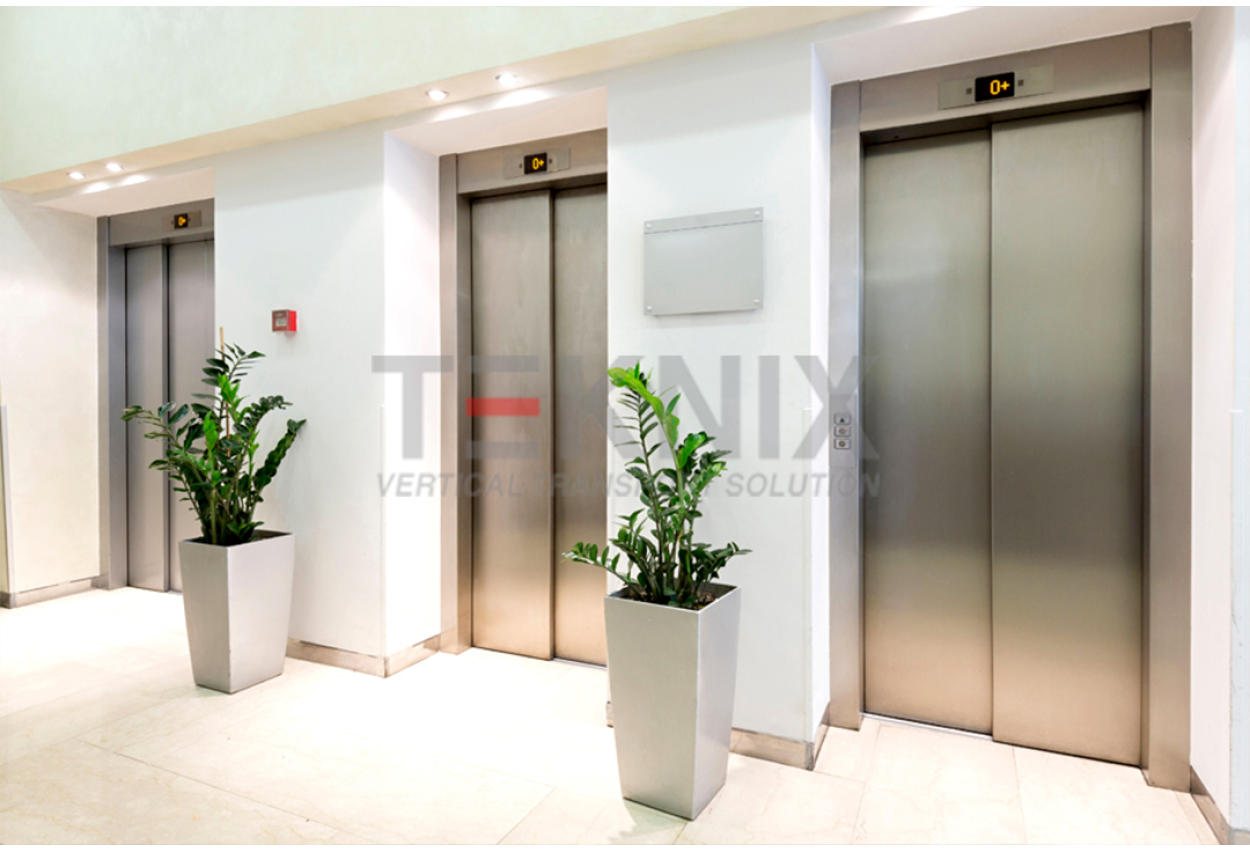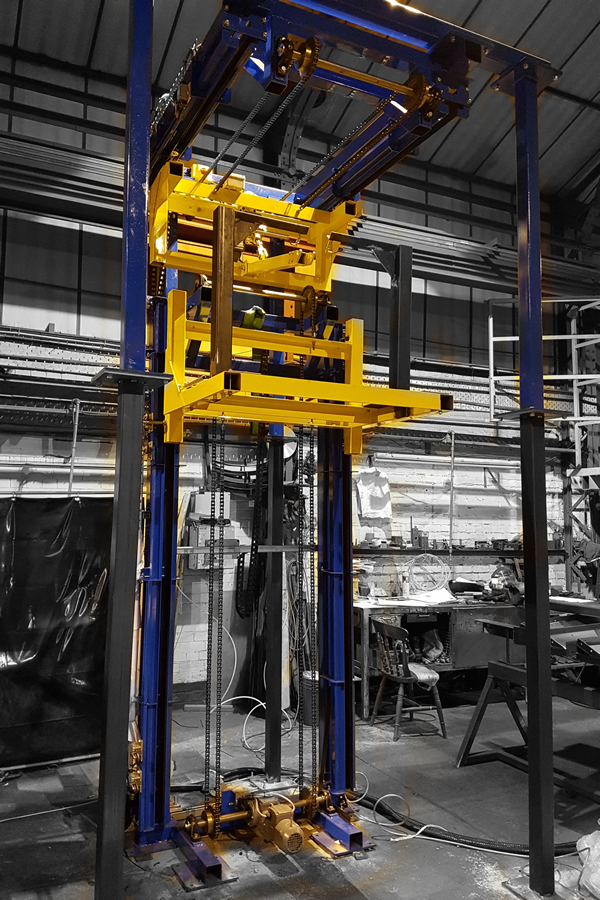Exploring the Globe of Lifts: Common Problems Dealt With by Various Lift Systems
As we navigate via the vertical transport systems of modern-day buildings, lifts stick out as a vital component of our every day lives. Nevertheless, behind their smooth operation lies a globe of elaborate mechanisms that can occasionally come across challenges. From hydraulic lifts to grip systems and machine-room-less layouts, each lift type comes with its set of usual issues. Recognizing these difficulties is essential for guaranteeing the smooth functioning of these important systems. Allow's discover the intricacies that underlie the operation of elevators and the potential concerns that can occur, clarifying the elaborate web of lift mechanisms.
Hydraulic Elevators
Hydraulic elevators, usually preferred for low-rise buildings, make use of fluid pressure to manage the motion of the lift vehicle (lift repair companies). This system entails a hydraulic pump pressing oil right into a cylinder, creating the elevator to move in the preferred instructions. While hydraulic elevators are understood for their silent and smooth operation, they do include their own set of typical problems
One common problem with hydraulic elevators is oil leakage. Furthermore, issues with the control system, such as faulty valves or a malfunctioning pump, can cause disruptions in the elevator's motion.
Routine maintenance and punctual repairs are vital to guarantee the smooth functioning of hydraulic elevators. By dealing with these typical problems proactively, building proprietors can decrease downtime and make sure the safety and security and effectiveness of their vertical transport system.
Grip Elevators
When considering upright transportation systems in buildings, one more typical type other than hydraulic elevators is the grip lift. Traction lifts run making use of a system of ropes and weights that move the lift automobile by gripping onto the hoist ropes. This device permits for smoother and much faster vertical transportation contrasted to hydraulic systems.
One of the typical issues encountered by grip lifts is rope wear. The constant movement of the ropes within the grip system can lead to tear and wear in time, possibly creating the elevator to breakdown or end up being unsafe for usage. Regular assessments and upkeep of the ropes are important to guarantee the lift's proper performance and security.
An additional problem that grip elevators may run into is related to the control system. Problems with the control system can bring about issues such as unpredictable activity, delays in action times, and even complete closures. Regular testing and maintenance of the control system are critical to avoid such problems and make certain the elevator's reliability.
Machine-Room-Less (MRL) Elevators

One of the crucial elements of MRL lifts is the portable gearless traction equipment that is mounted within the hoistway. This machine successfully drives the lift cars and truck without the need for cumbersome tools discovered in traditional grip Visit Website elevators. In addition, MRL lifts typically make use of a counterweight system to balance the vehicle, further improving their energy effectiveness.
Regardless of their advantages, MRL elevators might face obstacles associated with maintenance and fixing due to the restricted room for tools installment. Availability for servicing parts within the shaft can be limited, requiring specialized training for service technicians. Proper maintenance timetables and normal assessments are crucial to guarantee the ongoing smooth procedure of MRL lifts.
Overloading and Weight Restriction Issues
Are elevators geared up to deal with excess weight tons effectively and securely? Straining and weight restriction concerns are critical issues in elevator procedures. Lift suppliers layout raises with details weight capacities to ensure passenger safety and devices longevity. Surpassing these weight limitations can result in different issues, including mechanical failures, delays, and safety threats.
When lifts are overwhelmed, it puts excessive strain on the motor, wires, and other parts, potentially creating failures or breakdowns. If they discover excess weight, security mechanisms such as sensing units and overload sensing units are in place to stop lifts from relocating. In addition, surpassing weight restrictions can result in boosted power usage and damage on the lift system.
To reduce overwhelming problems, developing supervisors ought to plainly display weight limitations in elevators and enlighten residents on the value of adhering to these constraints - lift repair companies. Routine maintenance checks by qualified specialists can additionally assist guarantee that elevators are running within risk-free weight specifications. By attending to overloading and weight restriction problems proactively, building owners Continue can boost lift safety and performance
Electrical System Failures
Going beyond weight restrictions in elevators can not only lead to mechanical issues however additionally possibly add to electric system failings within the lift infrastructure. Electrical system failures are a vital worry in lift procedure, as they can trigger unforeseen closures, malfunctions, or also security hazards.
In addition, power rises or variations in the electrical supply can likewise interfere with the elevator's procedure, affecting its performance and security. These electric disruptions can harm sensitive elevator elements such as control panels, motherboard, or sensing units, leading to system failures. Routine maintenance and assessments are important to recognize and deal with potential electric concerns promptly, making sure the effective and risk-free procedure of lift systems. By adhering to weight limitations and conducting routine electric system checks, structure owners can minimize the risk of electrical failings in elevators.
Conclusion

Hydraulic elevators, often chosen for low-rise structures, utilize fluid pressure to regulate the motion of the lift automobile.When taking into consideration vertical transport systems in structures, another common type apart from hydraulic lifts is the traction elevator. Grip elevators operate utilizing a system of ropes and weights that move the lift automobile by grasping onto the hoist ropes. Unlike conventional elevators that require a separate equipment room to house the tools, MRL lifts integrate most of the parts within the shaft, removing the requirement for a specialized machine area.In conclusion, lifts deal with typical concerns such as hydraulic malfunctions, grip system failings, and electrical system issues.